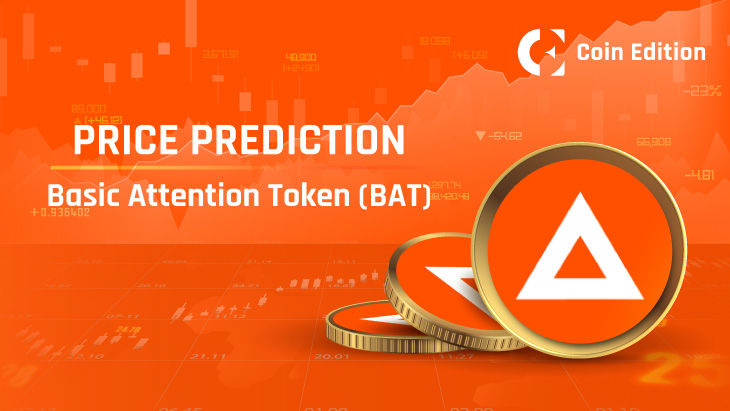- ECB member Fabio Panetta reveals that the European central bank is considering the digital euro.
- Transactions between banks will be settled using the digital euro.
- Five different companies are collaborating with the ECB to prototype user interfaces.
In a speech today, European Central Bank (ECB) member Fabio Panetta declared that the central bank has begun evaluating whether or not to establish a wholesale Central Bank Digital Currency (CBDC) for the settlement of Distributed Ledger Technology-based (DLT) securities transactions between institutions.
Panetta made these remarks during a Deutsche Bundesbank event. In the past, the German central bank has experimented with Europe’s TARGET 2 to settle DLT-based transactions. While this could be a step in the right direction, many people still believe that cash on the ledger is necessary to truly reap the benefits of DLT’s efficiencies.
Panetta noted that there is often ambiguity surrounding the wholesale usage of CBDCs. For “decades,” he said, wholesale CBDCs “have existed,” and they “have provided efficient digital infrastructures for the settlement of transactions between banks in central bank money.”
The ECB board member defines wholesale CBDCs as the settlement of interbank transactions and related wholesale operations in central bank reserves. He goes on to differentiate between wholesale and retail CBDCs and then describes how to upgrade wholesale payment methods.
While distributed ledger technology is often touted as the key to overcoming the challenge of digitalization, Panetta insists that trials must prove the technology actually delivers the promised advantages.
Meanwhile, in order to prototype user interfaces for the digital euro, the ECB will collaborate with third-party businesses. Earlier this month, the bank announced that it was collaborating with five different firms to create prototypes of possible user interfaces for the currency.
The goal of the prototype testing was to evaluate the feasibility of implementing a digital Euro in existing business models. These prototypes are not planned for usage in the later stages of the project.
It is anticipated that the prototype will be completed by the end of the first quarter of 2023. It will be tailored to meet the needs of a narrow set of applications, such as online shopping and payment processing.
Meanwhile, the introduction of a digital euro bill is anticipated at the beginning of 2023.
Disclaimer: The information presented in this article is for informational and educational purposes only. The article does not constitute financial advice or advice of any kind. Coin Edition is not responsible for any losses incurred as a result of the utilization of content, products, or services mentioned. Readers are advised to exercise caution before taking any action related to the company.







